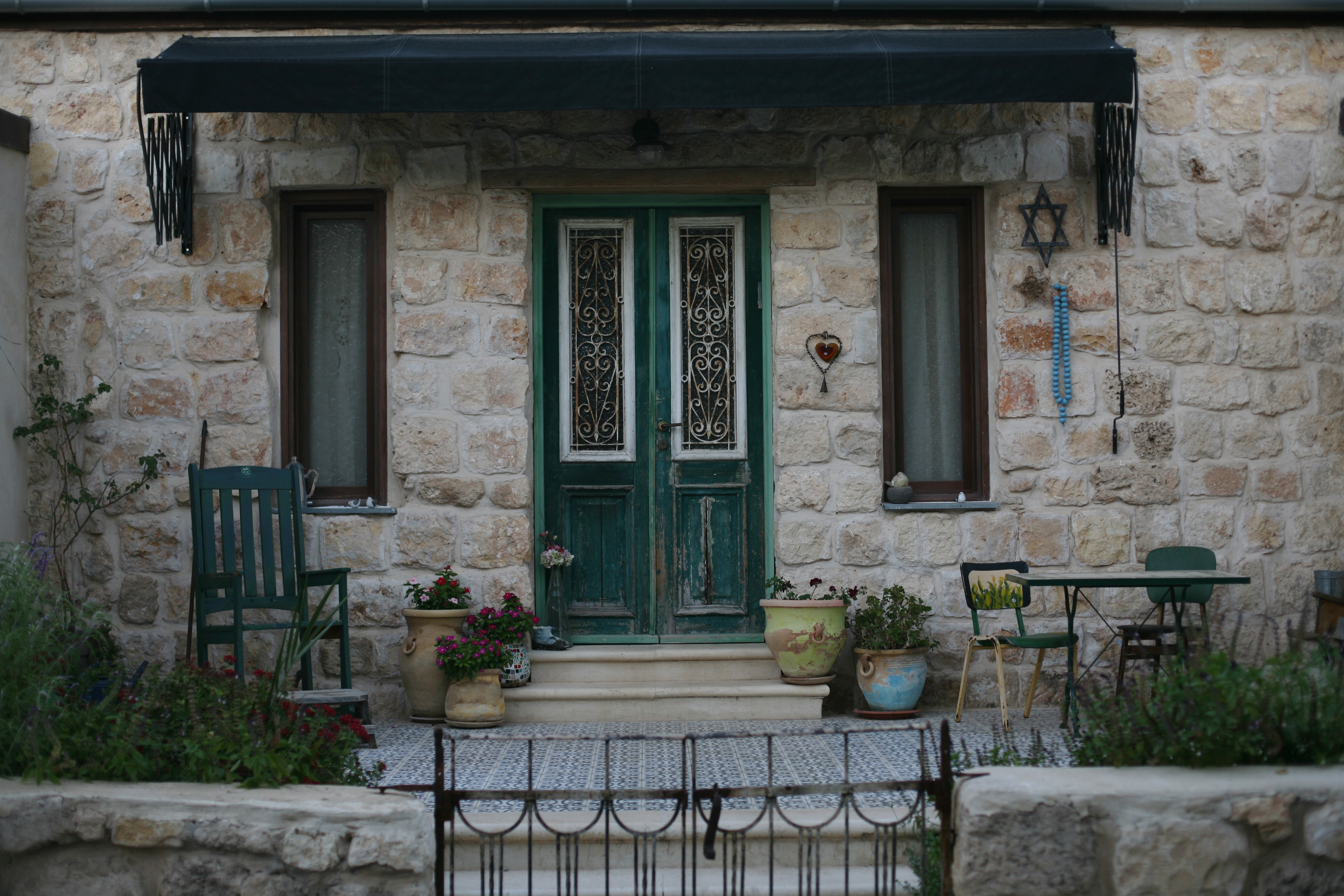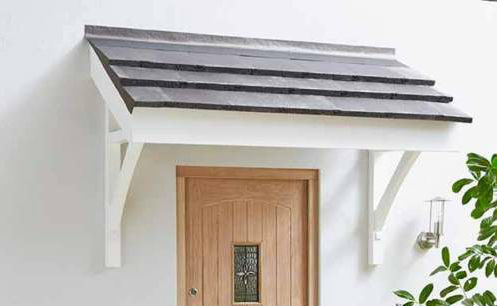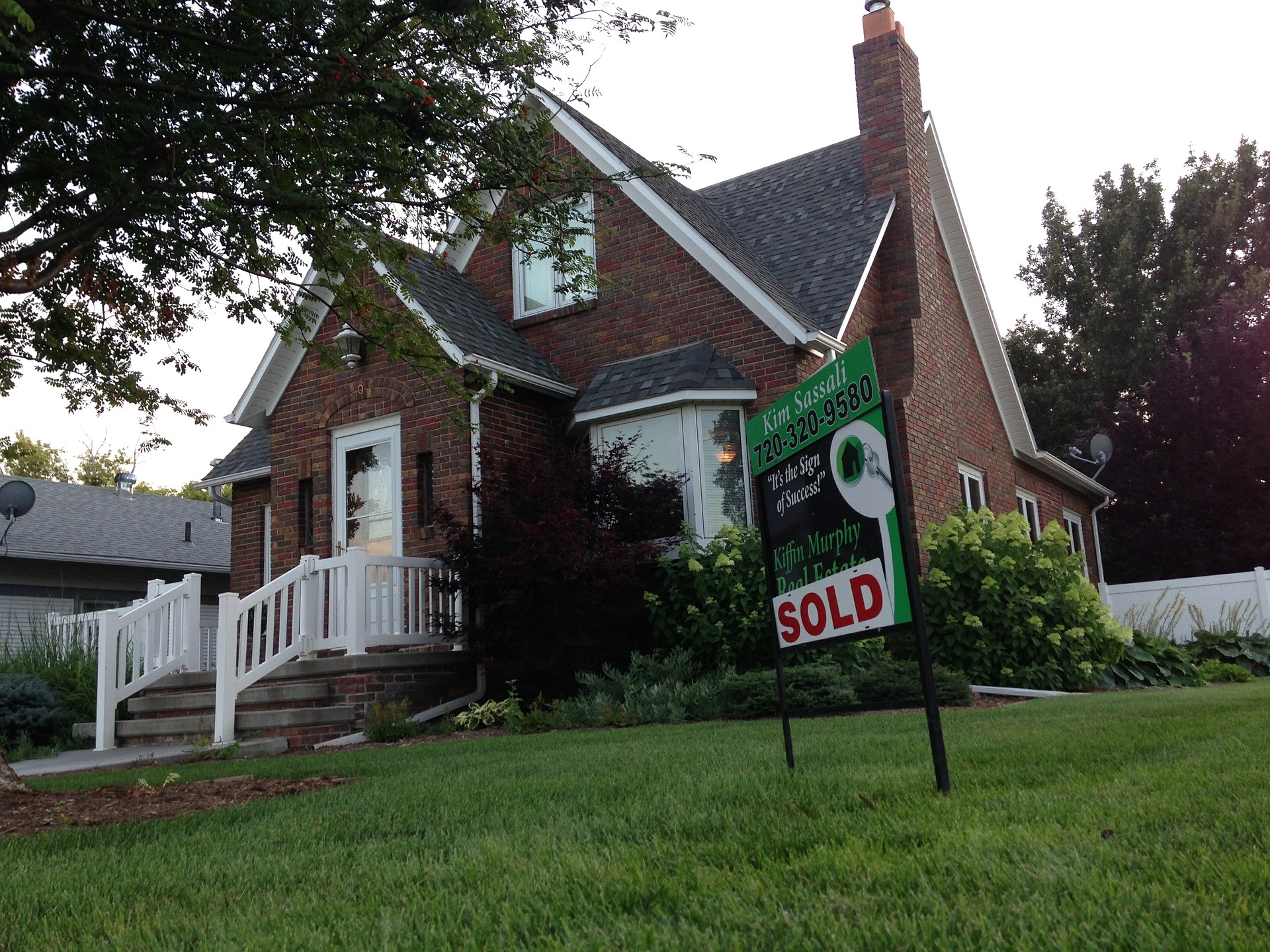Express Doors Direct ▸ Blog ▸ Doors for Listed Buildings
Last updated on July 27th, 2020 at 09:54 am
A listed building is one that has been identified as having particular historical or architectural features meaning that it cannot be altered, extended or demolished without permission from a local planning authority. It means you live in a really interesting property, but you may feel you can’t do much with it. Even if your property isn’t listed, if you live in a conservation area, you may still need permission to alter external features including doors.
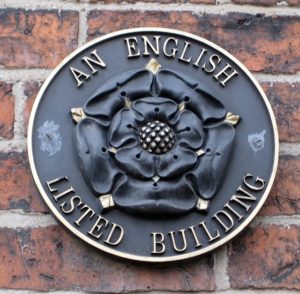
Photo © Mike Kirby (cc-by-sa/2.0)
The rule of thumb when fitting or replacing doors in a conservation area or a listed building is to always seek advice before making any significant changes. It really isn’t worth the risk of not obtaining or contravening planning permission, as this can result in you footing the bill to restore your property back to how it was before you changed it, or in some cases, to have it demolished.
In today’s article, we’re discussing choosing appropriate doors for listed buildings and houses in conservation areas.
What are the Best Front Doors for Listed Buildings?
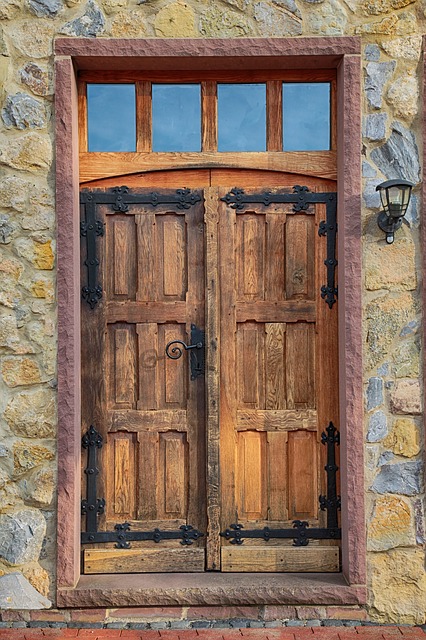
When it comes to old front doors, particularly wooden front doors for listed buildings, there are several things to bear in mind. First of all, a historic front door is likely to have been made especially to fit its door frame; a historic door frame is unlikely to match the standard sizing of contemporary doors. So while it may be an important visual feature on the most visible side of the building, meaning replacement could already be out of the question, it may also be a very difficult and costly process, were it not.
Generally speaking, repairing a historic front door will always be cheaper than replacing one, and a good joiner should have no trouble with the work required. It’s also worth noting that the wood used in an old door will be of much better quality than a modern door. Composite doors in a conservation area simply cannot match up to the quality of original doors when they’ve been well maintained. Making sure you look after your listed or conservation doors will help to keep repairs to a minimum.
If you find you are able to replace your front door, it’s well worth doing a little research and going for a style that is in keeping with the rest of the house as it’ll really add to the character (and value) or the property as a whole. You could take a look at old photographs of external doors in your conservation area, or the front doors of neighbouring listed buildings to start to get a feel of what you’re looking for. Your next step would be to approach a manufacturer who can produce a bespoke door based on your specifications that will meet the required permissions. And there are plenty out there who can do that.
Fire Doors for Listed Buildings
Fire protection in listed buildings must take into account the safety of people as well as the safety of the building materials themselves, which makes installing or upgrading fire doors in listed buildings more complicated than in modern ones.
Ultimately, the safety of people is paramount, but upgrading historic features to become fire resistant is not always easy. Fire doors can be a particular challenge as the usual requirement is that they are able to withstand fire and smoke for at least half an hour; original doors are highly unlikely to achieve this. It may be possible to add linings, paints, varnishes and seals to historic doors to improve their resistance to fire without significantly altering their appearance, but often a replacement will be required.
Before you choose your solution, though, make sure that it has been considered as part of a broader fire safety risk assessment. Such an assessment will take fire safety across the whole building into account and consider complementary solutions such as structural compartmentation, escape routes, early detection, air pressure systems, sprinklers, and automatic fire detection systems which can make a house fire-safe, without requiring the upgrading or refitting of fire doors.
What are the Best Patio Doors for Listed Buildings?
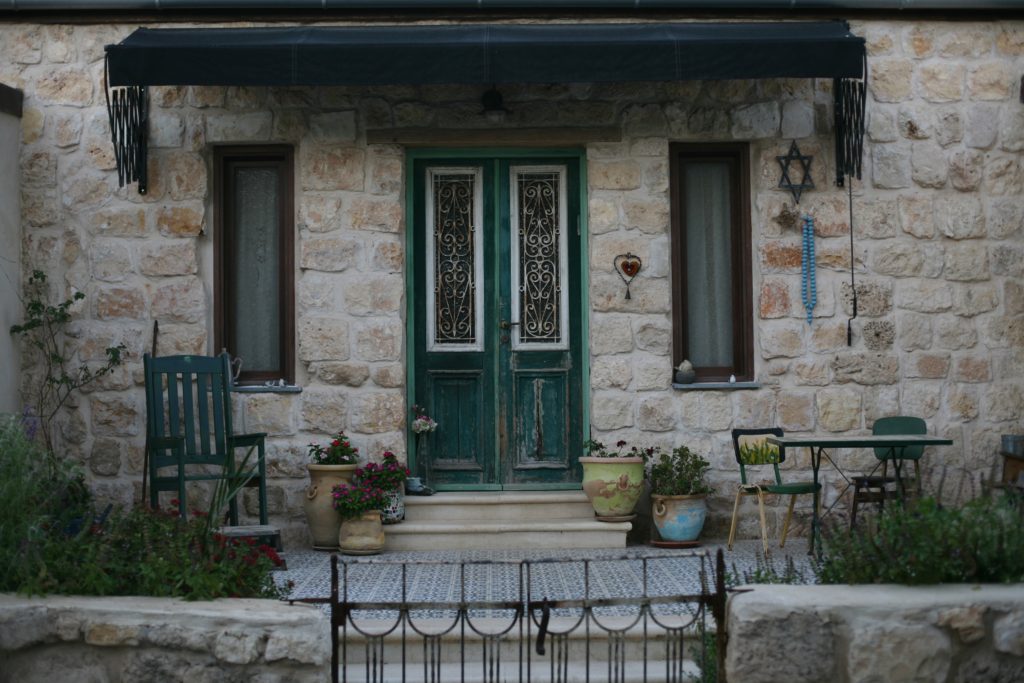
Bi fold doors are a very popular addition to a home; they’re great for spreading light and air around a space, and can open up whole new interior and exterior aspects. But as a fairly modern innovation, is there any hope of getting permission to install French doors in a conservation area or a listed building?
The answer is, yes! French doors and bi fold doors have a classic look that can certainly be deemed ‘in keeping’ with traditional houses. But it may not be easy.
Blending in with the existing look of the building is key, and whilst uPVC is a common, effective and relatively cheap material, its use is generally prohibited for the buildings in question here. It is sometimes permitted for use at the rear of properties when hidden from view, and it is possible to get uPVC that mimics wood, but you may end up with something that, at best, looks like a cheap alternative.
Aluminium or timber framed installations will look more authentic and are more likely to receive permission. However, wood does tend to warp and this will affect the look, operation and security of your doors over time, so make sure your frames are prepared and maintained correctly. Aluminium frames are more reliable in this respect and can be powder coated to match other exterior features.
Just bear in mind that bi fold doors in particular will need a level floor, which is often a rare thing in traditional properties. A custom built installation may be your only option, which will add to the cost. But it will look glorious and unique when complete!
Garage Doors in Conservation Areas
You might be surprised to learn that it is even possible to install garage doors for listed buildings. As with patio doors, you may not find a set of garage doors ‘off the shelf’ that will satisfy local authority planning requirements (especially as a garage door will often make up part of the most visible front aspect of the property), but it’s certainly possible to have a bespoke set designed in keeping with the building.
Such projects have been successful in the past, and though they can be expensive, the quality of the materials means they will last an incredibly long time.
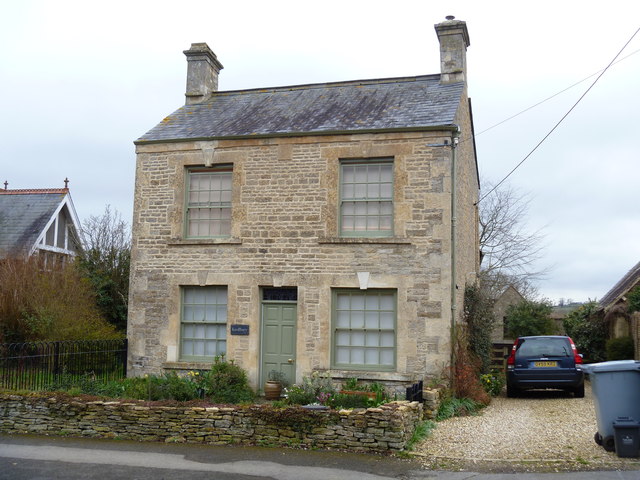
Photo © Michael Dibb (cc-by-sa/2.0)
Changing doors in a conservation area or listed building can be challenging, but such challenges need not be insurmountable. The key to success is to make sure you have the required permissions before you do anything! Once you have that, it’s simply a question of consulting the experts, creating a budget, and watching your dream home appear before your eyes!
Related Posts:
"It is about the realities of what makes for an attractive, civilized, meaningful environment, not about fashion or what's in or what's out. This is not an easy job."
– Albert Hadley
Available in a range of sizes, designs and colours with a #MadeToMeasureDoors service available too.
Email [email protected] to book in for 2024.
















































